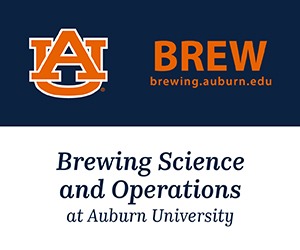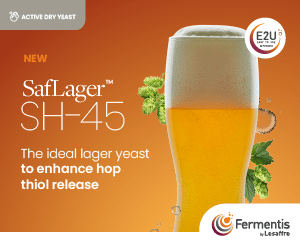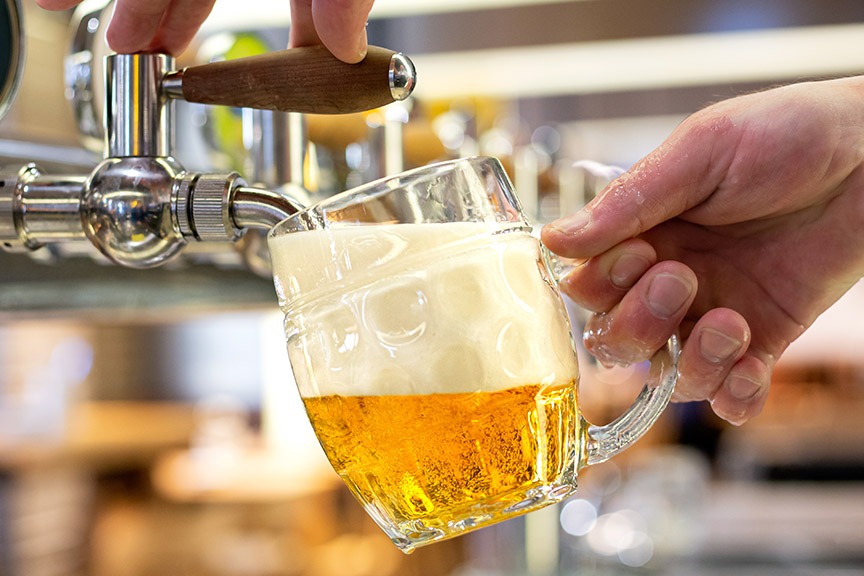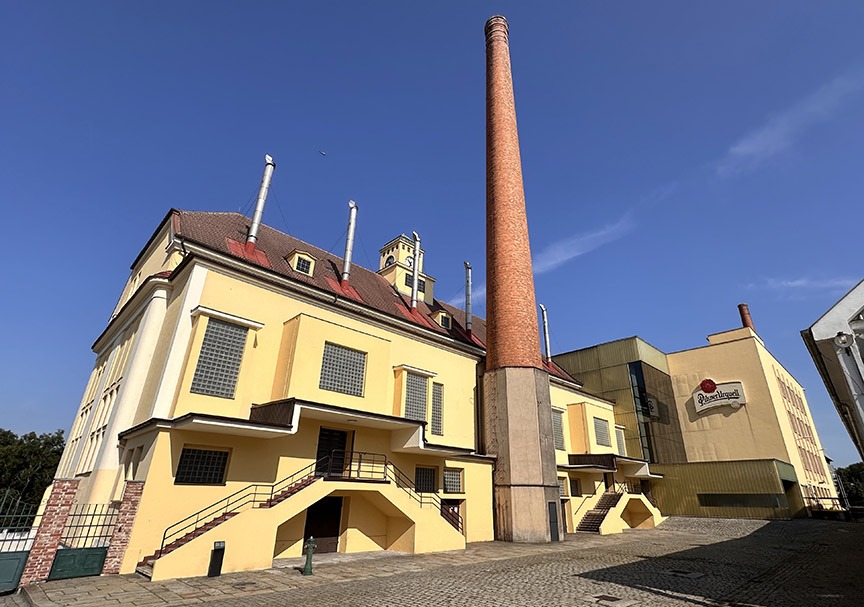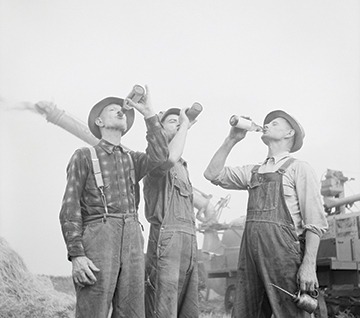Tudor Beer
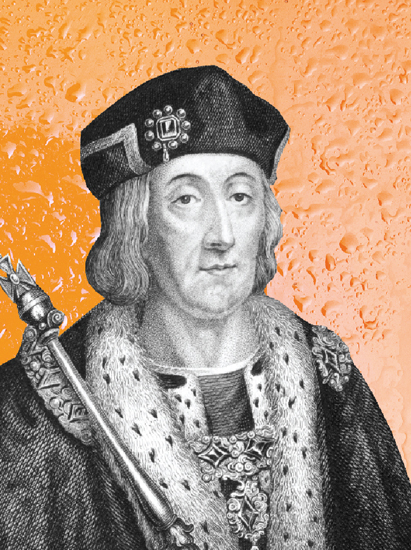
What an idiot I am! I forgot the golden rule about answering difficult questions, namely always go with your first thought. I have hunted down all sorts of old British brewing recipes in all sorts of libraries and archives. And I have spent hours and hours attempting to re-create some of those old beers in my own brewery at home, and sometimes scaling them up to 10 barrel volumes at BrüRm@BAR in New Haven, Connecticut. Yet all the time a classic piece of history was right in front of me and I ignored it! So what could that treasure be? It is none other than the earliest known recipe for brewing beer in England.
Indeed it may just be the very first such recipe, and was published in 1503 in the time of the first Tudor King, Henry VII, and some 6 years before the infamous Henry VIII came to the throne. But note that I said “beer” and not “ale” which was a very important distinction at that time. For then it was still the case that while both were malt-based beverages, beer was brewed with hops but ale was not.
You may well be wondering why I said I was an idiot at the start of this article and where I found this recipe. Well, if you look at BYO for September 2011, you will find an article of mine on Welsh beers. I actually referred in this to the Kingstone Brewery in Tintern, Wales, and the fact that it brewed a re-creation of the first written English recipe for beer written in 1503. I did not say much about it in the article, because it was basically an English beer and not a Welsh one. Yet still I blithely ignored the historical importance of this recipe. What makes matters worse is that Kingstone started up in Monmouth, where I frequently vacation, and I had avidly drunk more than a few bottles of their 1503 Tudor Ale, which actually had the original 1503 recipe printed on the neck label of the bottle! I was relaxing at home a month or so after writing that article when I finally had my “Duh!” moment. I needed to look into this recipe to check its authenticity, which I had dismissed in part because there was no attribution on the bottle label. And I knew that the man who had actually re-created the recipe for Kingstone had sold the brewery and was no longer there. So I turned to my library and to H.S. Corran (“A History of Brewing”), a book which had really sparked my interest in brewing history when it was published in 1975. Second “Duh” moment! There was the attribution on page 50 and the recipe on page 51! When I next hopped across the pond to Britain, I checked the British Library catalog, pulled up the reference and headed to the Library itself. Very soon I was looking at an 1811 reprint of “The Customs of London,” by Richard Arnold (so it is also known as Arnold’s Chronicle), thought to have been originally published 1502/1503. It is a strange book giving lists of Mayors, charters, assizes, legal documents, family recipes and so on. But there was the recipe for beer I was looking for, and here it is (with the numbers changed to modern ones from the Latin versions Arnold used):
“To brewe beer 10 Quarters malt, 2 Quarters wheet, 2 Quarters oates, 40 lb weight of hoppys. To make 60 barrels of sengyll beer.”
Finis. That was it, all there was, very succinct and nothing else about brewing beer anywhere else in the book. But it tells us quite a bit about Tudor beer, the first point being that his recipe is for “single” beer. In other words, all the extract from the malt goes into the beer. It has been assumed by many historians that the traditional English mode of brewing took the first, high gravity runnings from the mash to make a strong beer. The grains were then re-mashed, perhaps two or three times, and the runnings from these mashes went to make separate, weaker beers. It is further held by some that London brewers around the 1720s started to use all the worts to make one beer, which lead to it being called entire and later became porter.
Yet, 200 years earlier, Arnold is offering us a recipe for an “entire” or “single” beer! I can tell you that this is making me rethink my ideas about the origin of porter!
Translating Arnold’s Recipe
The second point is that we can make a reasonable estimate as to the strength of this beer, given certain assumptions. Chief among these assumptions are the actual weight of grain in the quarter of the time. The latter is a volume measure, which would vary according to the grain, how it was dried and so forth. It is now generally reckoned that a quarter of pale malt weighs 336 lb. (152 kg), and since I don’t know what form the wheat and oats were in (see below), I have made the assumption that a quarter of these had a similar weight to that of pale malt. But what sort of extract did this malt give? We know from figures given by various sources in the late 18th and early 19th Centuries that brewers were getting only about 80% of what we would expect from modern pale malt, and we can be reasonably certain that brewers in 1503 were using malt of a lower quality than was available in 1800, and that their process was rather less efficient than those of large 19th Century brewers. I have therefore made the assumption that on a 60-barrel scale, they would have achieved 60–65% of the yield we get from pale malt today. Which is convenient as it is close to the 65% we assume at BYO for small-scale batch brewing. If we take the lower figure of 60%, that means we expect to get a wort gravity of 1.022 from one pound of malt extracted into 1 US gallon of water, more conveniently expressed as 22 gravity points per pound per US gallon. Using that and making the further assumption that wheat and oats gave a similar yield we can calculate the OG for this beer:
Total malt = 14 quarters x 336 lb./quarter = 4,704 lb. (or 2,134 kg)
Total volume = 60 barrels x 36 Imperial gallons/barrel = 2,160 Imperial gallons (or 2,595 US gallons or 9,823 L)
So we have 4,704 lb. ÷ 2,160 gallons = 2.2 lb./US gallon = 11 lb. per 5 US gallons (or 4.99 kg/19 L)
So, total gravity points/gallon = 11 lb. x 22 “points”/pound/gallon (or “point” gallons/pound)= 242. And 242 “point” gallons ÷ 5 gallons = 48 “points,” which means that OG = 1.048
So — if our assumptions were correct — our Tudor Beer was about the starting gravity of today’s mainstream beers! Okay then, what about the hop rate? We do not know what variety Arnold’s brewer would have used, as the advent of the classic English hops, Goldings and Fuggles, was still 200 or more years away. We can only assume that they would be low in alpha-acid, certainly as low or more likely lower than today’s aroma hops, so let’s say they were 3% alpha-acid, assume that they were all added at the start of the boil and see what bitterness we get:
Total weight of hops = 40 lb. (18 kg)
Total volume (see above) = 2,595 US gallons (9,823 L)
So, we have 40 lb. x 16 oz./lb. ÷ 2,595 gallons = 0.25 oz./gallon = 1.2 oz./5 US gallons, which means we have 1.2 oz. x 3.0% alpha acids = 4.6 AAU (for our 5 gallon/19 L batch), which works out to 17 IBU.
Therefore this was not a heavily hopped beer, which may have been customary at the time, but we can’t tell since this is the first recipe we have! Also remember, the preserving effect of the hop was more important to brewers back in those days than hop bitterness.
Putting It Into Practice
The next step was to actually brew the beer, which entailed two further assumptions. First that Arnold’s recipe used malted wheat and oats rather than the raw grain. Second I thought that the malts would probably have had some smoked character, since they had most likely been dried over a wood or straw fire. So I added a small amount of smoked malt to my grist to allow for this.
For hops I chose Goldings, pellets rather than cone hops for convenience of handling, more out of sentiment than authenticity! The recipes I came up with are seen on page 54. The extract only version uses only a barley malt and a wheat malt extract as I don’t know of any oat malt extract on the market! For similar reasons, no smoked malt is included in this recipe. If you insist on keeping the oat and smoked malts in the beer, use the extract with grains recipe.
The Result
After all that talking and brewing what was the beer like? Well it was a pale gold color and formed a good dense, lasting head, as you would expect from the use of wheat malt. It had a good but relatively modest malty body, with hop bitterness just barely noticeable, and I could not detect any smoke.
Overall, it was a good crisp, fresh-tasting session beer, resembling a low-hopped version of an English summer ale. This is not so surprising when you consider that in 1503 this beer would have been in competition with the maltier and probably sweeter unhopped ale.
Would I change anything? Well, yes I would, for I regard the interpretation I have given you as only a start. I have already mentioned that there would likely have been some smoke flavor in the beer, so my next recipe would include a higher proportion of smoked malt. And it is highly likely that 16th Century pale malt was somewhat darker than today’s versions, malt kilning technology having advanced a good deal since those days. So perhaps I shall try using Briess Ashburne® Mild Ale malt in place of pale malt next time. There are other possibilities, such as adding a crystal or caramel malt or raising the hop level to say 25 IBU. But there were no specialty malts available in 1503, so if we were to do that, we would be straying from the path of authenticity. (Does that matter if all we are after is good beer?)
What did our Welsh brewer Kingstone do with this recipe? The brewer would not disclose his recipe and ingredients, so my conclusions are drawn from tasting their 1503 Tudor Ale. It isn’t noticeably any more bitter than my version, but it is quite dark in color and there are hints of roastiness and caramel on the palate. So I would guess they have used a medium crystal malt and some chocolate malt.
If you try brewing this, you can decide for yourself whether to make it acceptable to a beer historian or fit for a king.
Tudor Beer
(5 gallons/19 L, all-grain)
OG = 1.048 FG = 1.014 IBU = 17 SRM = 5.5 ABV = 4.4%
Ingredients
- 7.8 lb. (3.5 kg) Briess 2-row pale malt
- 1.6 lb. (0.73 kg) Fawcett oat malt
- 1.6 lb. (0.73 kg) Weyermann pale wheat malt
- 0.25 lb. (0.11 kg) Weyermann smoked malt (rauchmalz)
- 4.5 AAU Goldings hops (70 mins) (1.0 oz./28 g at 4.5% alpha acids)
- White Labs WLP002 (English Ale) or Wyeast 1968 (London ESB) yeast (1 qt./1 L yeast starter)
Step by Step
Mash grains at 152–154 °F (67–68 °C) for 60 minutes. Run off and sparge with hot water to collect about 5.5–6 gallons (21–23 L) of wort. Add Goldings hops and boil 70 minutes. Cool finished wort to around 70 °F (21 °C), and pitch yeast (as a 1 quart /1 L starter). Ferment at 65–70 °F (18–21 °C) for 5–7 days, then rack to secondary for a further 7 days or so. Rack and bottle or keg in the usual manner.
Tudor Beer
(5 gallons/19 L, extract with grains)
OG = 1.050 FG = 1.013 IBU = 17 SRM = 6-10 ABV = 4.8%
Ingredients
- 5.0 lb. (2.3 kg) Muntons light liquid malt extract
- 1.0 lb. (0.45 kg) wheat liquid malt extract
- 0.75 lb. (0.34 kg) Briess 2-row pale malt
- 0.75 lb. (0.34 kg) Fawcett oat malt
- 0.25 lb. (0.11 kg) Weyermann smoked malt (rauchmalz)
- 4.5 AAU Goldings hops (70 mins) (1 oz./28 g at 4.5% alpha acids)
- White Labs WLP002 (English Ale) or Wyeast 1968 (London ESB) yeast (1 qt./1 L yeast starter)
Step by Step
Mash the grains at 150–154 °F (66–68 °C), using 1 gallon (3.8 L) water, and hold this temperature for 45 minutes to 1 hour. Strain off liquid and rinse grain with 1 gallon (3.8 L) hot water (150–175 °F/
66–79 °C). Dissolve malt extract syrups in the collected liquids, and make to around 5 gallons (19 L). Bring to a boil, add Goldings hops, boil for 70 minutes, remove trub and cool to around 70 °F (21 °C), and pitch yeast (as 1 quart/1 L starter). Ferment at 65–70 °F (18–21 °C) for 5–7 days, then rack to secondary for a further 7 days or so. Rack and bottle or keg in the usual manner.
Tudor Beer
(5 gallons,19 L, extract only)
OG = 1.049 FG = 1.012 IBU = 17 SRM = 6-10 ABV= 4.8%
Ingredients
- 6.0 lb. (2.7 kg) Muntons light liquid malt extract
- 1.0 lb. (0.45 kg) liquid wheat malt extract
- 4.5 AAU Goldings hops (70 mins) (1.0 oz./28 g at 4.5% alpha acids)
- White Labs WLP002 (English Ale) or Wyeast 1968 (London ESB) yeast (1 qt./1 L yeast starter)
Step by Step
Dissolve liquid malt extracts in about 3 gallons (11 L) hot water, add water to make 5 gallons (19 L) of wort and bring to a boil. Add Goldings hops, boil for 70 minutes, remove trub and cool to around
70 °F (21 °C), and pitch yeast (as 1 quart starter). Ferment at 65–70 °F (18–21 °C) for 5–7 days, then rack to secondary for a further 7 days or so. Rack and bottle or keg.

